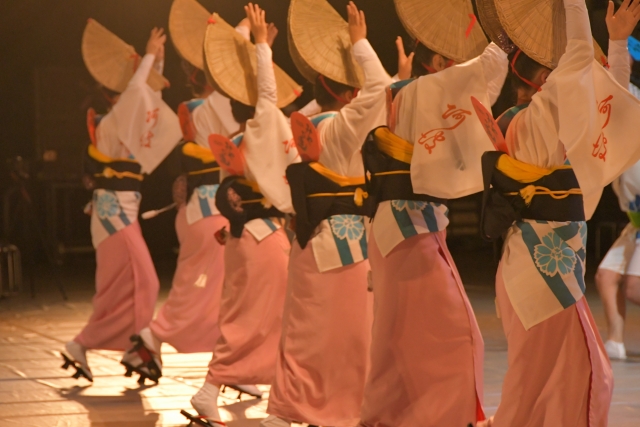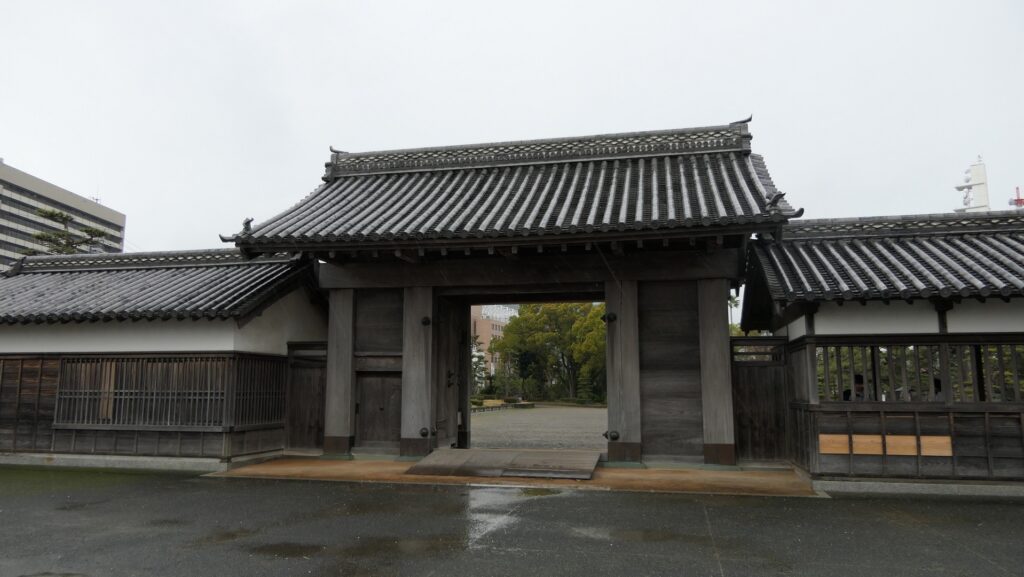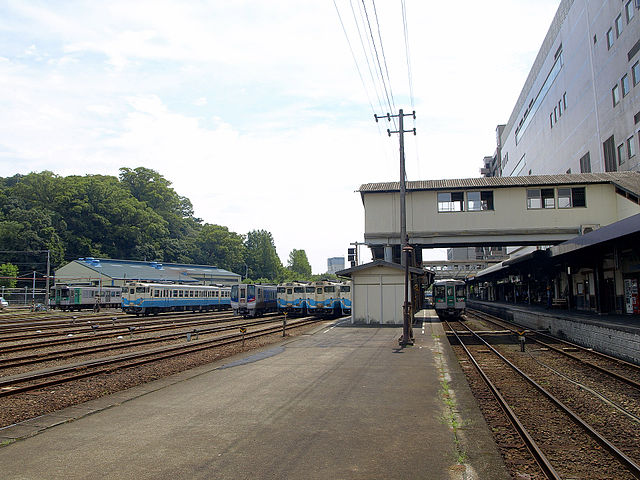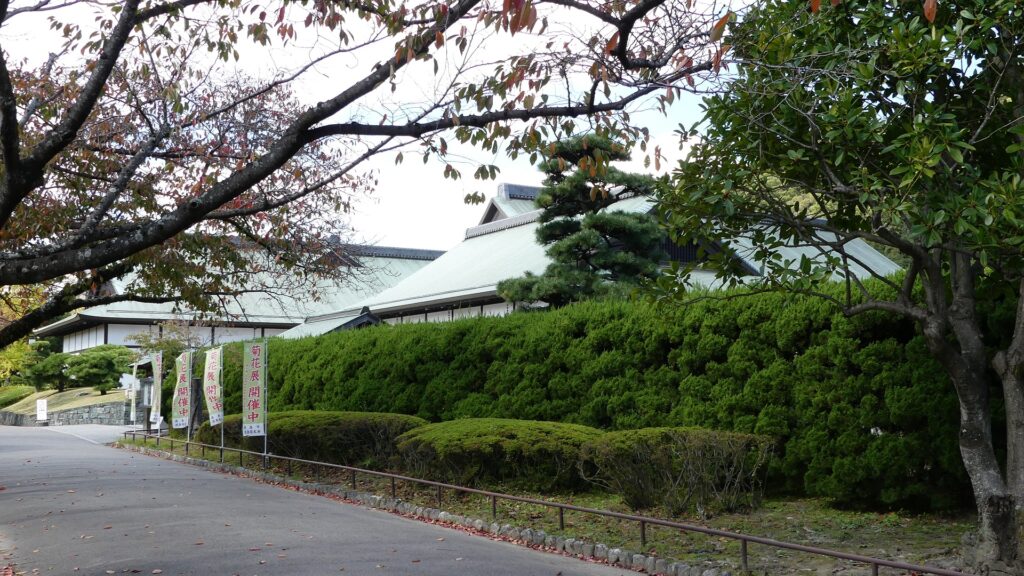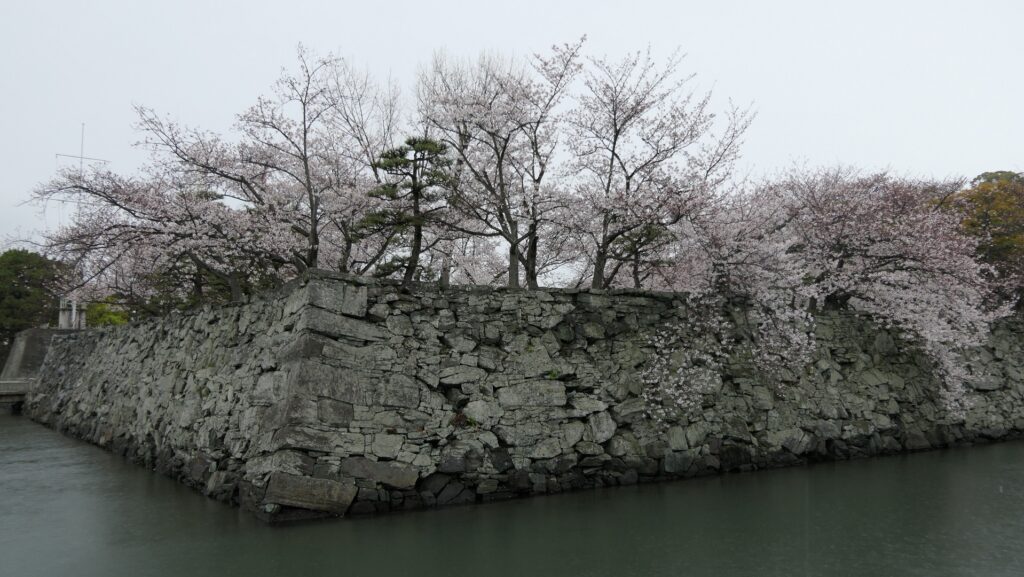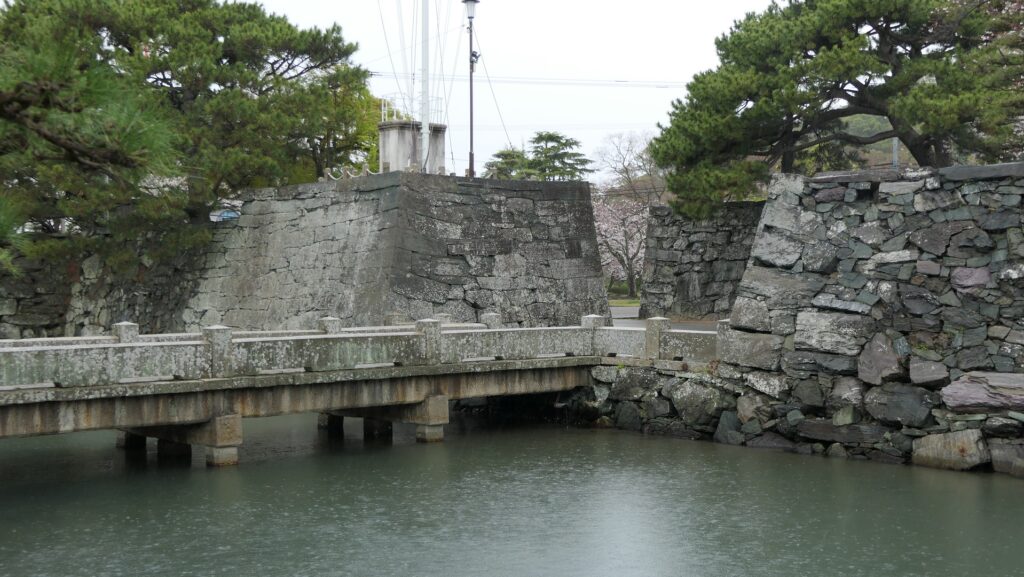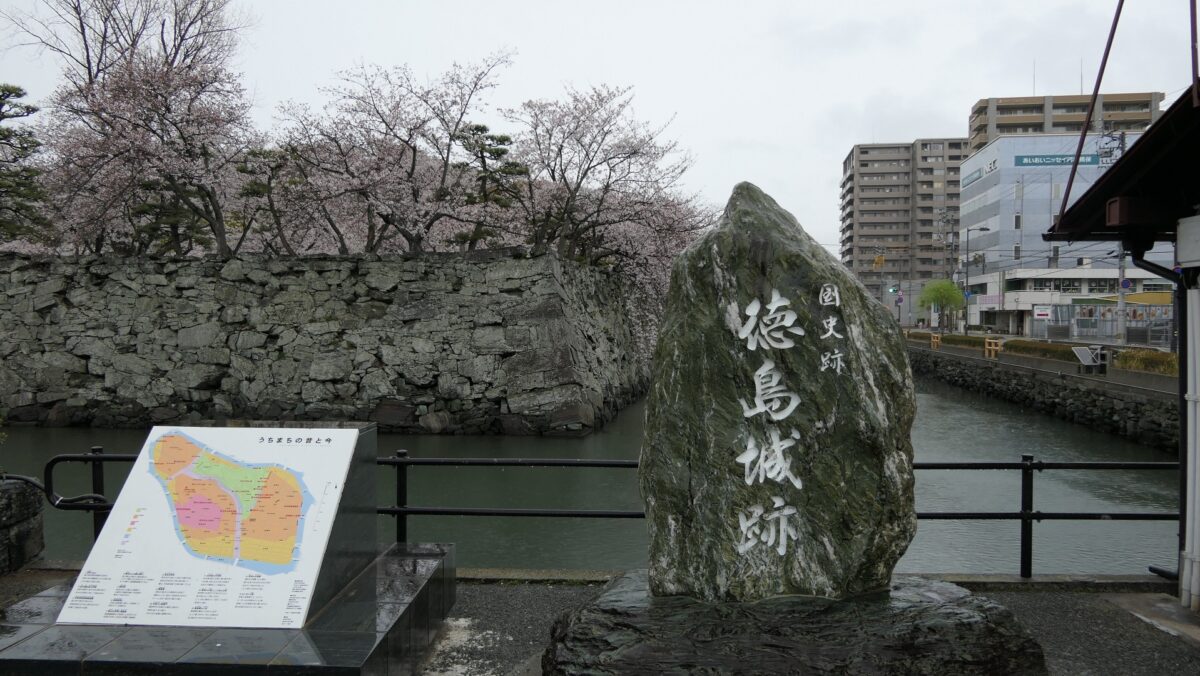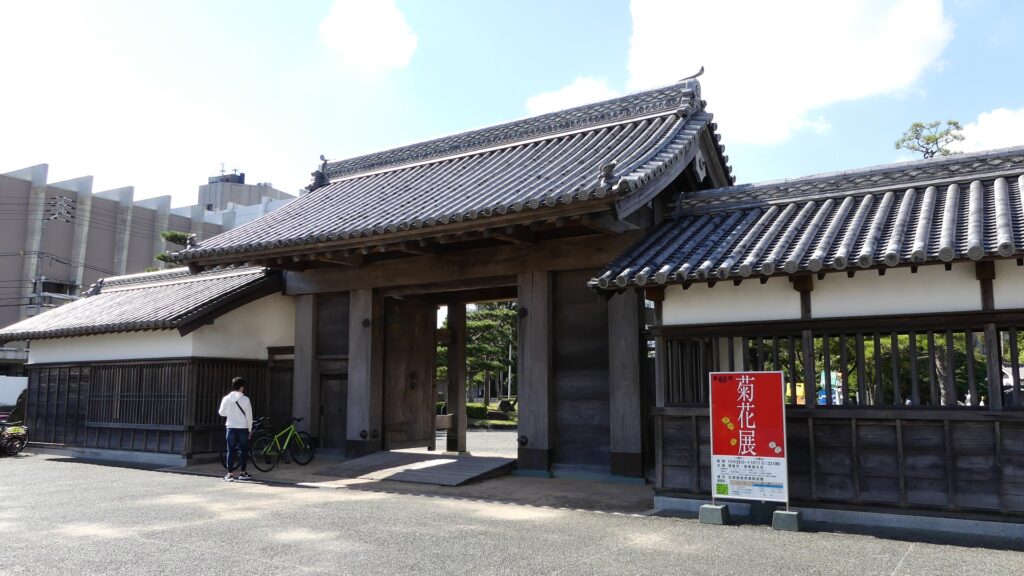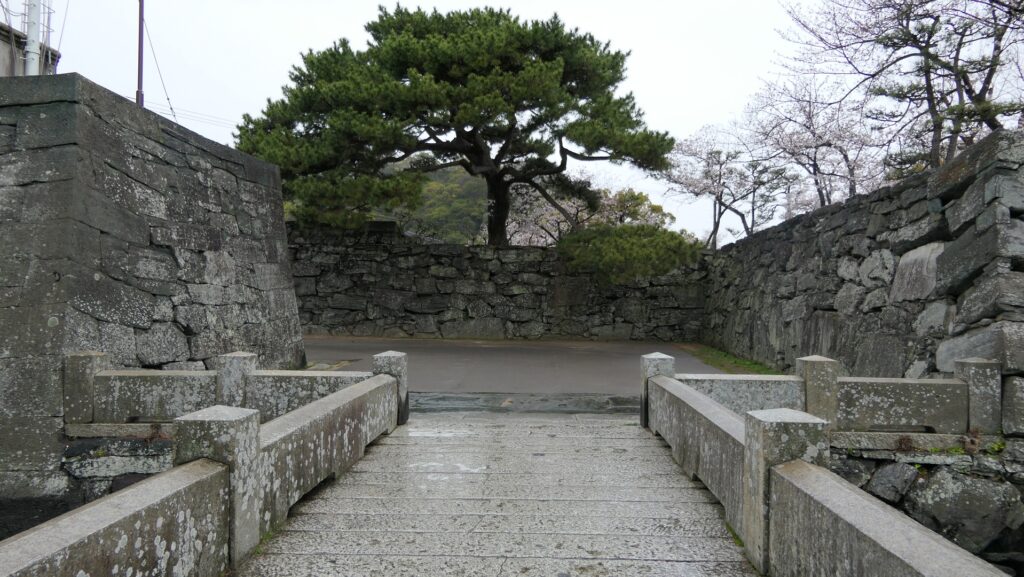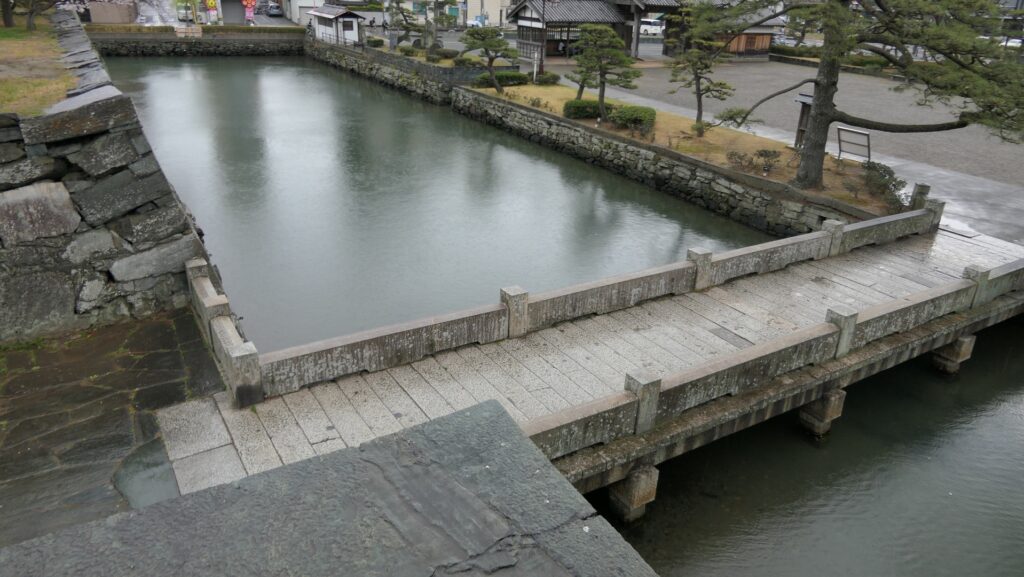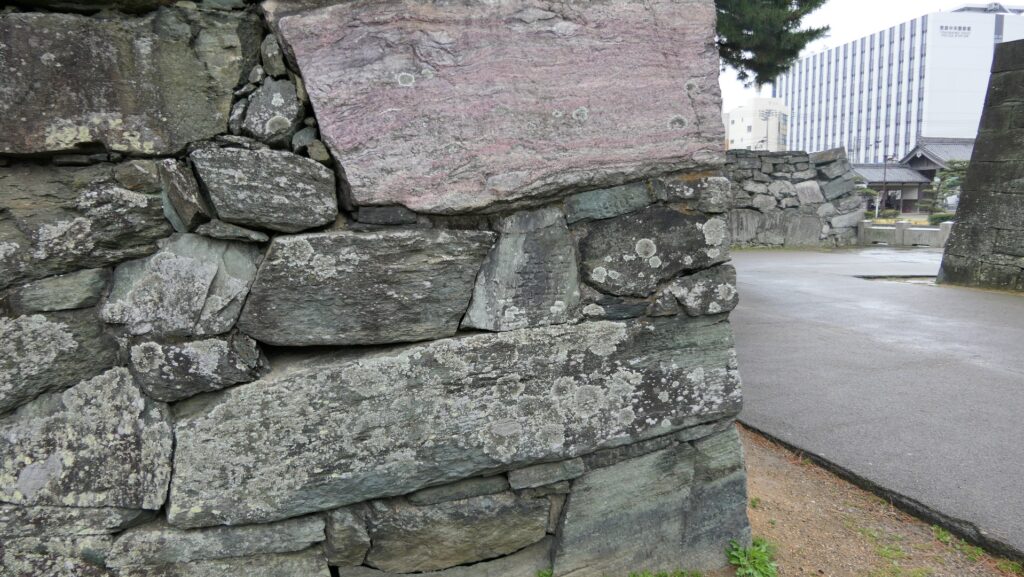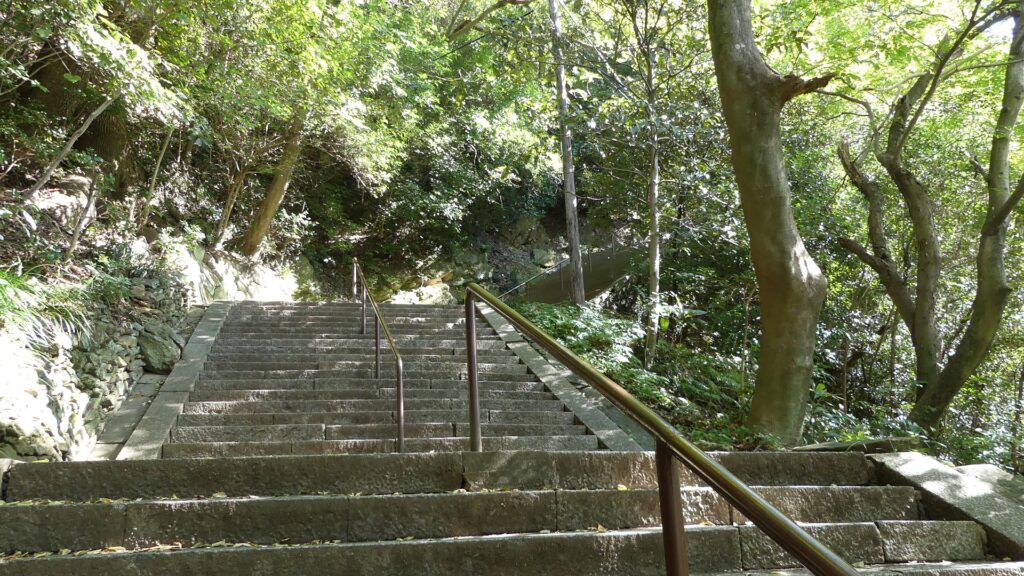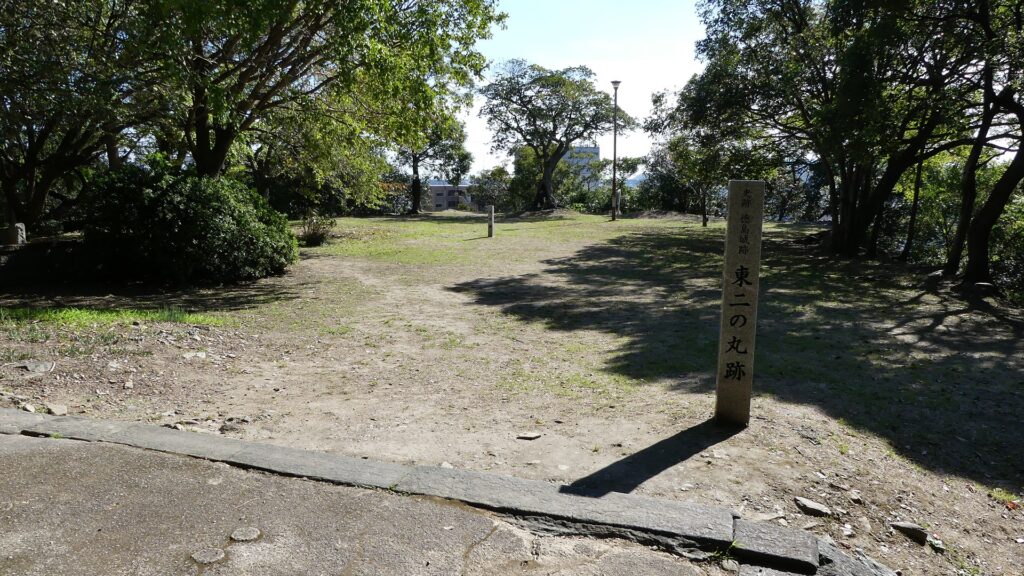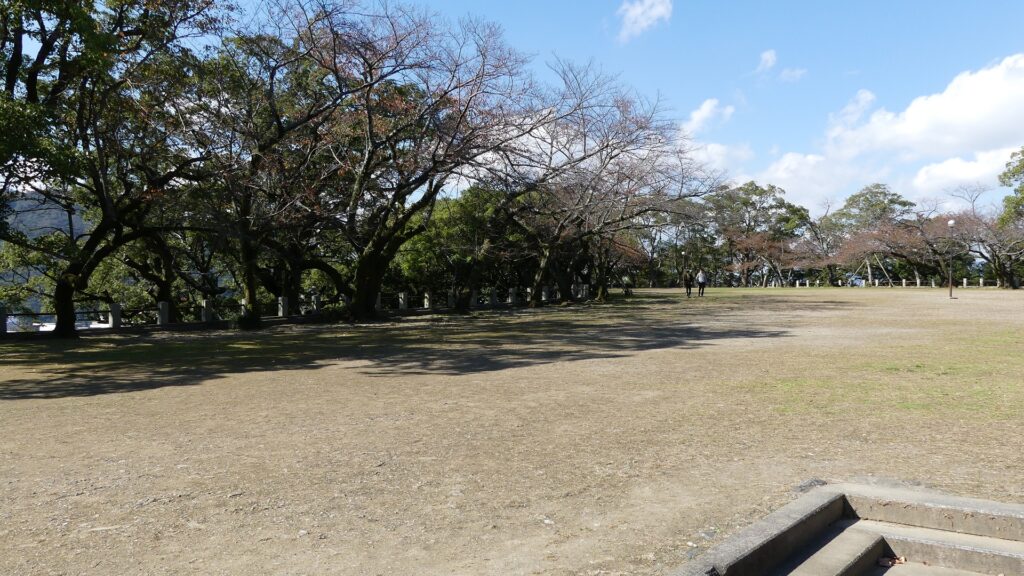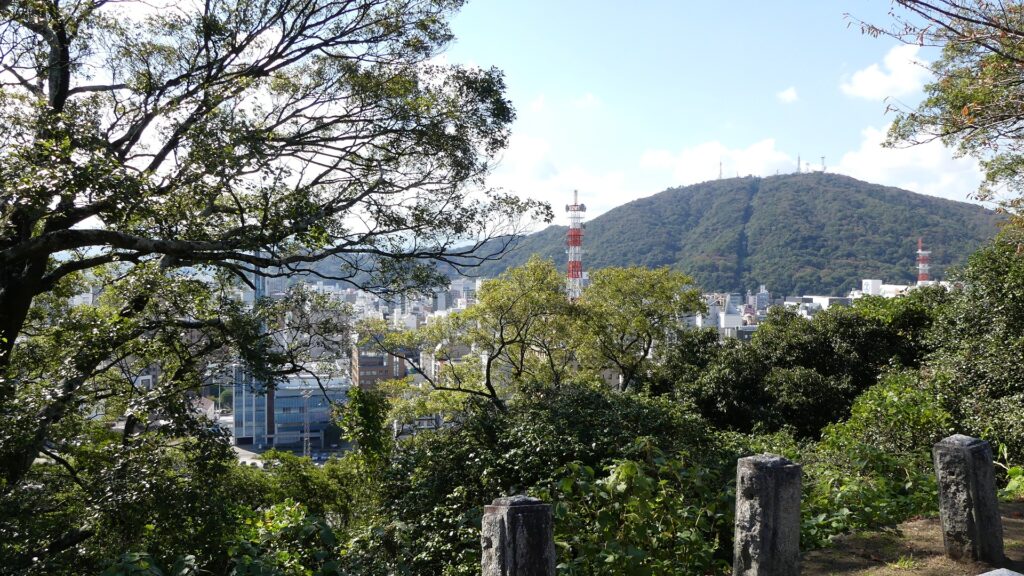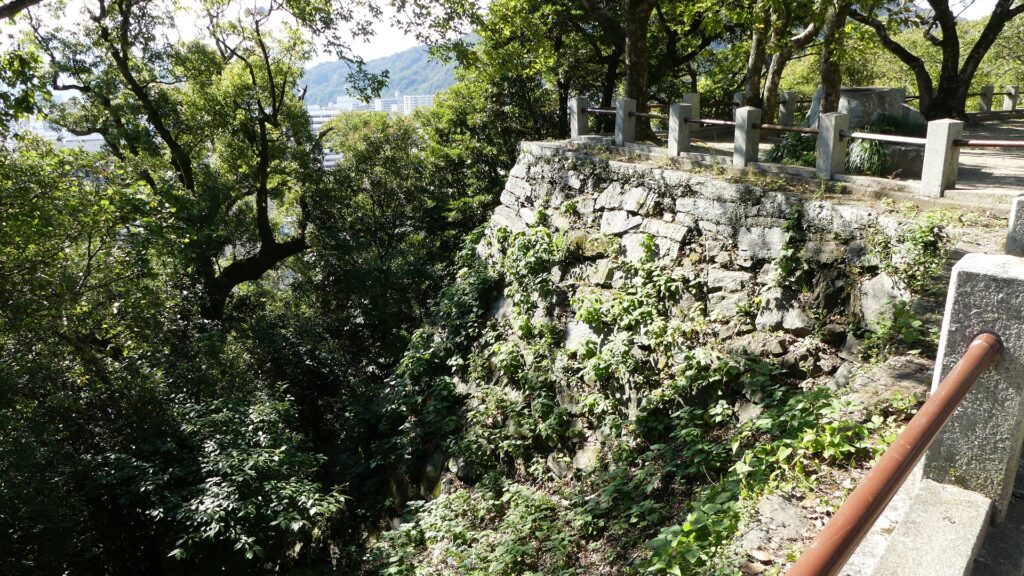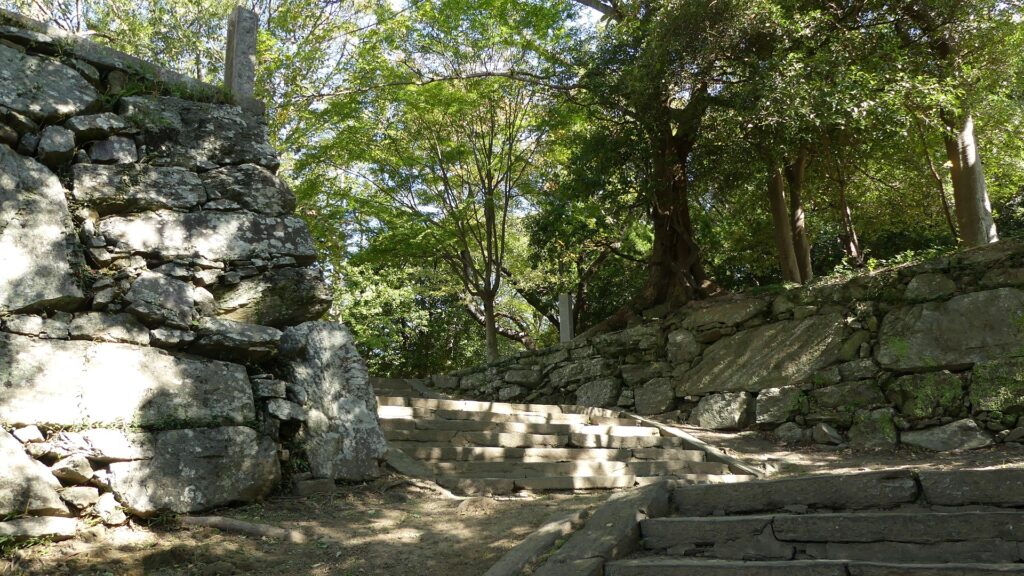Later History
The ruins of Ichinomiya Castle were designated as a Prefectural Historic Site of Tokushima Prefecture in 1954. Since then, the local Society for the Preservation of the ruins has been developing them such as maintaining the trail and cutting the grass regularly. That’s why we can always visit the ruins in a comfortable environment. Tokushima City has also been researching the ruins since 2017. The foundations of the castle buildings were found and how the castle was developed is being revealed.



My Impression
After visiting the three most popular castle ruins in Tokushima Prefecture, I noticed that they all once became the capital of Awa Province – Shozui Castle (up to1582), Ichinomiya Castle (from 1585 to 1586) and Tokushima Castle (from 1586). However, they also all have quite different features from each other. This is because the situation of Awa Province changed greatly in a very short time. The needs for castles also changed rapidly at that time. I recommend visiting the three castle ruins and comparing them.



How to get There
If you want to visit there by car:
It is about 20 minutes away from Aizumi IC on Tokushima Expressway.
You can park at the Ichinomiya Shrine or the Dainichi-ji Temple.
By public transportation, take the Tokushima Bus on the Kamiyama Line bound for Yoriinaka from JR Tokushima Station and get off at the Ichinomiya-fudasho-mae bus stop.
If you go there from Tokyo or Osaka, I recommend traveling by plane or using an express bus.
That’s all. Thank you.
Back to “Ichinomiya Castle Part1”
Back to “Ichinomiya Castle Part2”


